 In the eastern part of Sicily is a hilltown which, when viewed from the air, resembles a primitive depiction of a man. Others might say the shape resembles a starfish clinging to the mountain. Centuripe (called Centuripae by the Greeks) is in the province of Enna, located 38 miles from Enna in the hill country between the Rivers Dittaìno and Salso, with a wonderful view of Mount Etna. Centuripe's roots extend back to the 5th century BC, when it was a Hellenic city. In the first century BC, Cicero claimed in his writings that the town had a population of 10,000 and was one of the largest and richest cities on the island of Sicily. 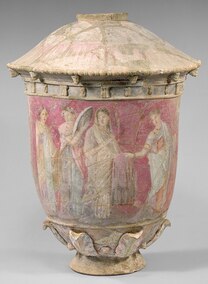 In the 2nd and 3rd centuries BC, a uniquely beautiful type of ceramics dubbed Centuripe Ware originated here, with tempura paintings applied to fired clay. Partly destroyed by Frederick II in 1233 (after which most of the inhabitants moved to Augusta), the city’s ruin was completed by Charles of Anjou. It was later rebuilt by Francesco Moncada, count of Adernò (now Adrano), and was ruled by his descendants as a county until 1813. Known as Centorbi until 1863, it passed to the Kingdom of Italy in 1860 and was the scene of heavy fighting in World War II.  Nighttime view of Mount Etna from the town Nighttime view of Mount Etna from the town Remains of the classical city include Hellenistic houses with wall paintings, baths, and cisterns, and several substruction walls, mostly of the Roman period, on the steep slopes. Centuripe’s civic museum and the Palazzo Comunale exhibit Hellenistic terra-cottas, finely painted vases of local manufacture, and relics from a large number of excavated tombs in the area. Agriculture (grains) is the town's mainstay, caves with sulfur and salt deposits, and quarries for chalk and marble are other resources. Nearby are local mineral springs. This sleepy town is well worth a visit, if only for the stellar view of Etna from it's Castle. --Jerry Finzi  Florence crowds Florence crowds In 2017, over 50 million tourists stayed in Italian hotels--and ONLY during June, July and August, the supposed "high season". But in the last decade, the "high season" has been expanding to early spring and as late as October, and most visitors to Italy don't stay in hotels... How many more visitors stayed in rental apartments or with friends or relatives? How many camped or stayed in hostels or local B&Bs? Keep in mind, the population of Italy is only around 60 million (a decent number for such a small country), but some estimates put the number of actual tourists from all over the world visiting Italy at over 420 million in 2017 alone. Just imagine if the U.S. matched or even surpassed its own 320 million population with half a billion tourists a year?! The actual current number of tourists visiting the U.S. annually is a mere 80 million. It seems Italy is being over-promoted, overbooked and over-run by tourists. As an example, just look at what happens to Venice during the summer months when as many as 6 cruise ships each day dump (according to recent numbers) over 32,000 people onto the fragile jewels of its sinking islands. Over 600 cruise ships a year make daily stops in Venice! The influx has become so bad the city is being gentrified, with mom and pop shops turning into tacky gift shops selling things made in China, and with local residents moving out when they realize their homes are worth more as holiday rentals. Is it time to give Italy a bit of a rest from the wear and tear on its tourist hotspots... Venice, Florence, Pisa, Rome? Are these "must see" destinations turning into Italian Euro-Disney spots, lacking authenticity and losing their cultural heritage? We propose that when Italy opens up again as this pandemic dies down, Americans should visit a small town in Italy where the real Italian lifestyle can be experienced, instead of putting up with indignities of enormous, shoulder-to-shoulder crowds, pushing, shoving and tight schedules of the "must see" locations. If you are traveling with kids, this should be an important consideration. Children can have a much more enjoyable time if you slow it down and toss out the schedule. There are tons of things to do with kids all across Italy... water parks, go-karts, dinosaurs, science museums, beaches, cycling, hiking and more. How about Monte Isola, a town on Lake Iseo in Lombardy? Or visit the mountain village of Castelluccio in Umbria for a taste of small town, mountain life. Instead of Florence, visit Pienza, one of the most beautiful Renaissance villages in Tuscany. And instead of paying high fees to have a spa day, go where the locals go for free, to Bagno San Fillipo in southern Tuscany and bath in the hot, natural sulfur springs under huge mineral waterfalls frozen in time. And the Cilento is much less crowded (aside from August when Italians flock to its beaches for their Ferrragosto holiday) that the Amalfi Coast and has lime after mile of real sand beaches. And don't forget Puglia, especially the tip of the boot around the port town of Brindisi. Puglia isn't like any other part of Italy and nearly every town has something unique to offer. For amazing beaches, take a plane or ferry over to Sardinia. Its natural wonders are unspoiled, with the sea as clear as tap water. So reconsider when booking your next visit to Italy. Throw away the must-see list and visit the real Italy. Slow down, relax and spend time in one location and area at a time. Find out what days the local market is open. Rent a house or apartment and do your own cooking with amazing, fresh ingredients. Meet the locals. Learn the local dialect... even if just a few words. Keep in mind that Italy isn't one thing... it's not just Rome, Florence, Pisa and Venice. There are 20 independent regions in Italy, each with its own language, cuisine, customs and culture. You can literally throw a dart at a map of Italy and then plan a trip to the region the dart lands on. Trust me. Italy is a lot more than standing on line for hours just to be rushed through the Sistine Chapel in five minutes, with throngs of tour groups shoving you from behind.
Learn to live the Italian lifestyle while you are in Italy, and I guarantee you'll have learned how to life a bit of that same lifestyle when you're back home. Ciao e buon viaggio. --Jerry Finzi 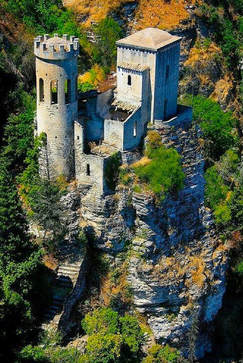 Nearly 2500 feet above the boundary of the Tyrrhenian and Mediterranean Seas is the ancient town of Erice with its two castles, Torretta Pepoli and Castello di Venere (Castle of Venus). The mountain-top town has amazing views overlooking the city of Trapani, at the northern tip of the western coast of Sicily. A cable car joins the upper and lower parts of the beautiful town and with belvedere views from every corner of the town, it's well worth the trip. In the northeastern portion of the city there are the remains of ancient Bronze Age Elymian walls dating back to several thousand years before the time of Christ. The name Erice comes from the Greek hero, Eryx, even though the town was originally colonized by the Phoenicians. It was then ruled by the Greeks, the Carthaginians, and then the Arabs (the Aghlebids), until the Normans conquered it in 1167 and gave it the name Monte San Giuliano, a name that stuck until until 1934.  Pepoli Castle dates from Saracen times, and the Castello di Venere dates from the Norman period, built on top of the ancient Temple of Venus. According to legend, the temple was built by the Trojan hero (Venus' son), Aeneas to honor his goddess mother. Legend claims that an important cult used the temple for its sacrifices, and that the animals chosen for sacrifice would voluntarily walk up to the altar to be killed. Today, there are no sacrifices, so you can safely take the cable car (funivia)--newly rebuilt after a forest fire--from the outskirts of Trapani to the town of Erice. --GVI  In the baroque town of Caltagirone, Sicily, the main attraction is its ceramics industry. The name of the town derives from the Arabic word qal’at-al-ghiran, meaning Castle of Vases. There are ceramics everywhere you look... as tile murals on buildings, as signs, and in the many ceramics shops just waiting for a savvy Voyager to select a few special pieces to take back home. But the tiles also adorn its stairways, the most majestic being the Scale di Santa Maria del Monte, built in 1608. Start to climb the 142 steps and you will be reading the town's history, each step telling their stories on hand-painted ceramic tiles that clad each stair’s riser. There are many fantastic characters, battle scenes, landscapes and symbolic patterns. It's a wonder to think that the staircase was rebuilt by the town after being destroyed by an earthquake in 1693 which destroyed most of the town. The Scale is a symbol of the town's resilience and rightfully, was honored as a UNESCO world heritage site in 2002.
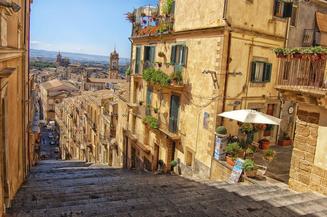 The view from the top The view from the top When you arrive at the top of this kaleidoscopic ascent, you turn around only to notice that the steps' colors have disappeared, seemingly to allow you to focus on the wonderful views of the town itself with its Baroque architecture. With tiles and ceramics being part of the architecture of the town, anyone who loves colorful ceramics would love visiting Caltagirone. You can see wonderful tile installations in its churches and palazzi, the Majolica Bridge of San Francesco, as well as in the Giardino Villa Comunale, a well cared for public garden. Worth a look are elaborate balcony of Casa Ventimiglia in Via Roma and Palazzo della Magnolia, in Via Luigi Sturzo with its terracotta embellishments. If you go:
Caltagirone is located 43 miles southwest of Catania in southern Sicily. You can get there by bus from Catania but a car is recommended. Today the town thrives on tourists and ceramic collectors who visit over 130 ceramics studios and shops. The style of ceramics here is called Maiolica (Majolica) and is distinctively different from other areas of Sicily. Worth visiting: Museo Regionale della Ceramica Examples of Sicilian ceramic objects dating from prehistoric times to the present day. One enters the museum through the so-called Teatrino (Little Theater), a belvedere dating from 1792 with steps and its decorated balustrade. Teatrino del Bonaiuto, Giardini Pubblici 96041 Caltagirone, Sicily, Italy Tel: 39 0933 58423 --GVI Here's a tip for anyone wanting to walk the Via Krupp in Capri: Although the adjacent Augustus Gardens is open and worth a visit for its wonderful views of the Faraglioni rocks on the one side and the Bay of Marina Piccola on the other, the Via Krupp pathway (with its drop of 300 feet) has been closed for decades due to a danger of falling rocks. You can still look down onto the Via Krupp from up above. Perhaps it's a blessing that the Via Krupp is closed... if you went down, you would then have to get back up! In addition to the Augustus Gardens, you can visit the Charterhouse of St. Giacomo, built in 1371, one of the oldest structures on Capri. The former monastery and cloisters today houses a High School, the Diefenbach Museum and, during the summer, functions as venue for concerts and cultural events. Getting there
From Capri's Piazzetta: It is about 1/4 mile walk along Via Vittorio Emanuele, Via Federico Serena, and, finally, Via Matteotti. Click HERE FOR WALKING MAP Entry: 1 Euro. Open from 1 March to 15 November - 9AM–7:30PM Free for children under 11 Entry for both the Augustus Garden and Charterhouse of St. Giacomo - 3 Euro The best times to visit are early morning and late afternoon, when the gardens are less crowded. |
Categories
All
Archives
May 2023
|

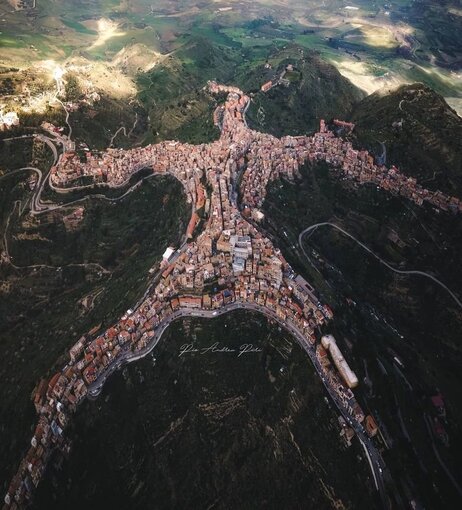

















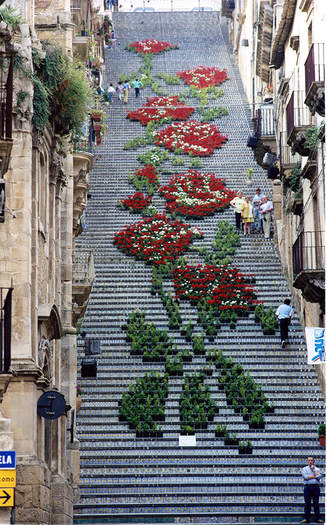


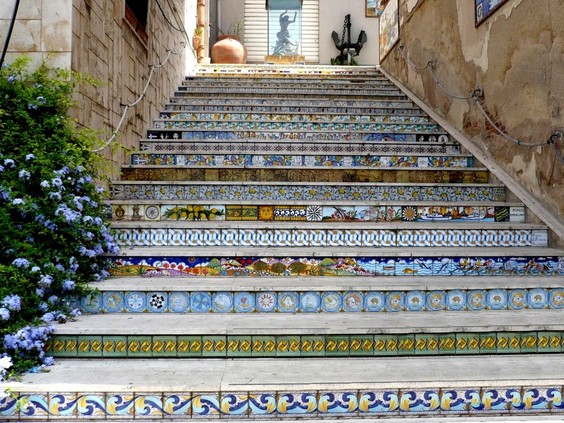


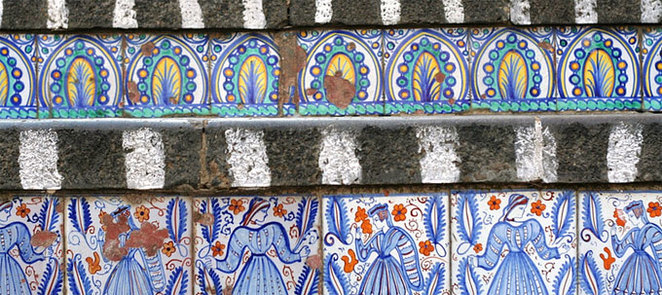


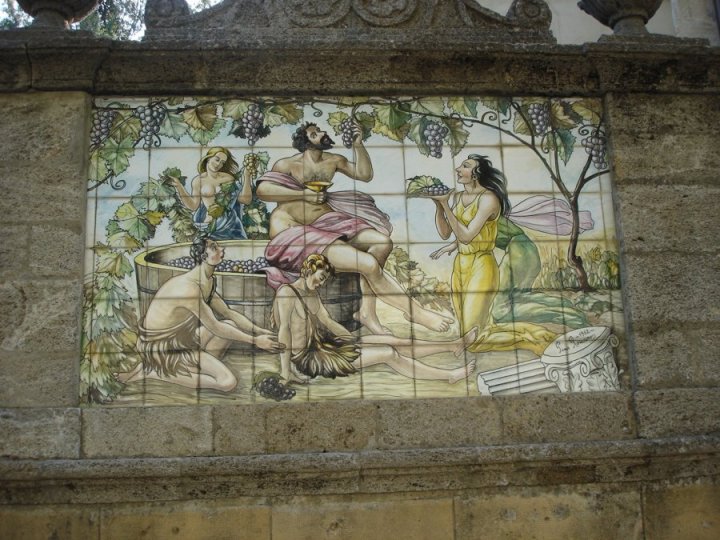


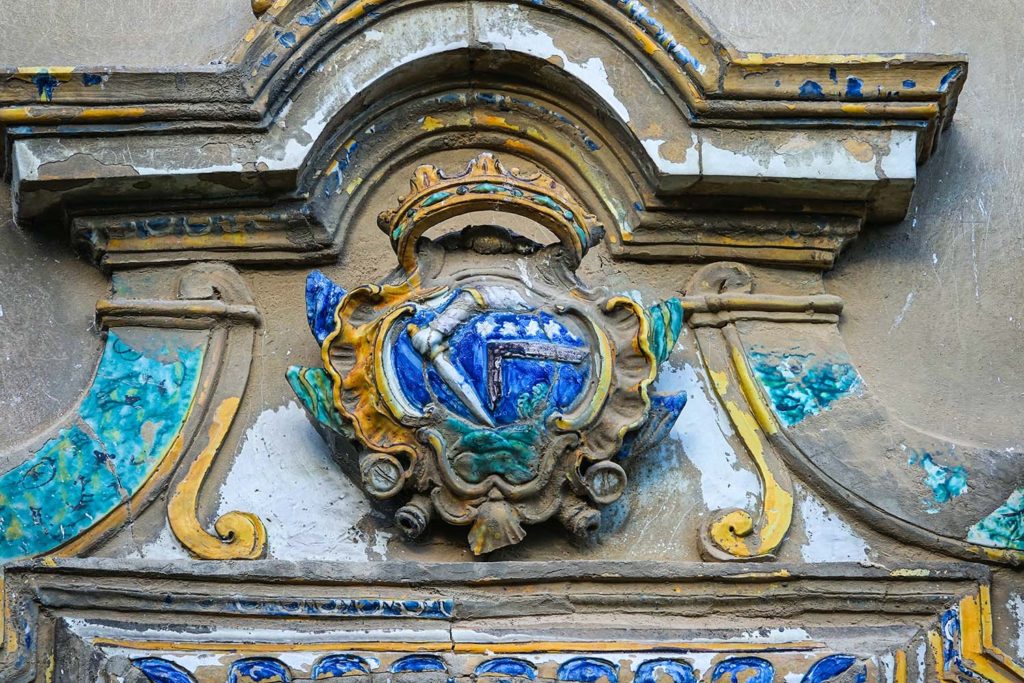

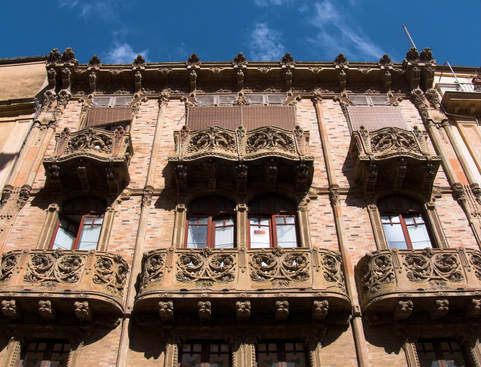


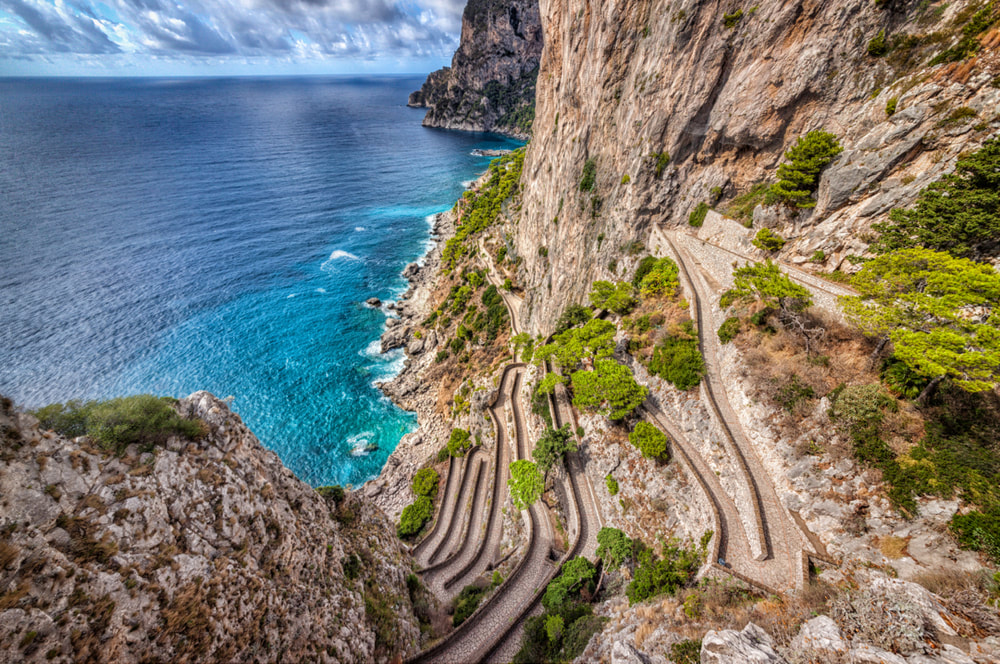




 RSS Feed
RSS Feed
